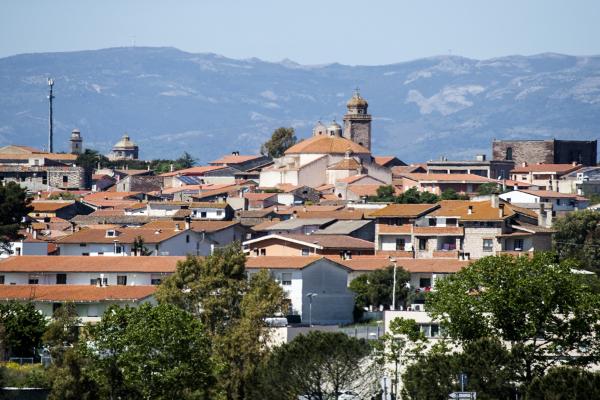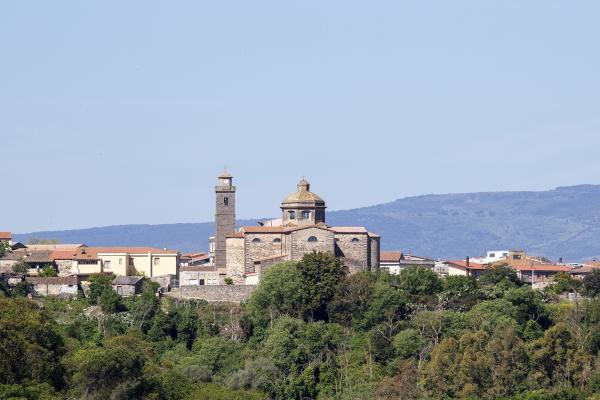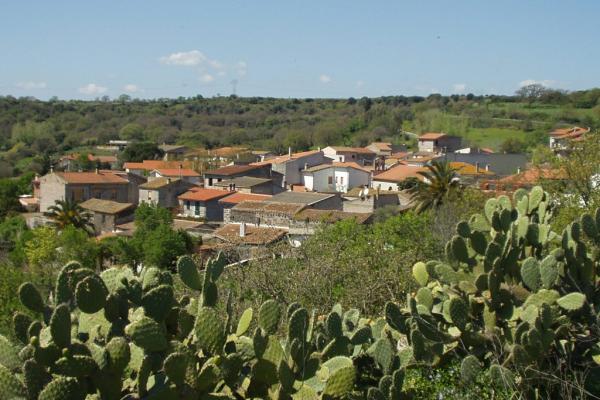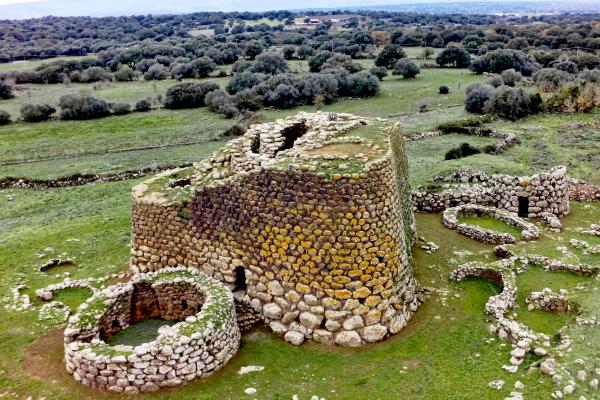Antonio Gramsci lived in the old town centre of Ghilarza, between 1898 and 1914, and was the creator and founder of the Italian Communist Party, as well as one of the most influential twentieth century European intellectuals. His modest dwelling brings to mind the image of a family that, in a situation of financial difficulty, transmitted to him the values on which his work was later established. He spent his childhood and adolescence here, educated by his cultured and sensitive mother. He attended primary school in Ghilarza, junior school in Santu Lussurgiu and secondary school in Cagliari, where he started participating in 'battles' for the establishment of free thought. His cultural interests, reading and inclination towards science and mathematics made him stand out. He started to write, after being noticed by the director of the Unione Sarda newspaper. He concluded his studies brilliantly and moved to Turin but his interest in his homeland remained alive in his mind.

Museums
One of the twentieth century's most famous and influential intellectuals and politicians was born in the heart of Sardinia and he spent his childhood and adolescence in a modest house in a village in the centre of the island, which is now a museum in his honour
One of the twentieth century's most famous and influential intellectuals and politicians was born in the heart of Sardinia and he spent his childhood and adolescence in a modest house in a village in the centre of the island, which is now a museum in his honour
See this place because...
You will relive the intimacy of the home in which he spent his adolescence and the salient phases of the life of an intellectual and political man who made a profound mark on the history of Italy and Europe


















